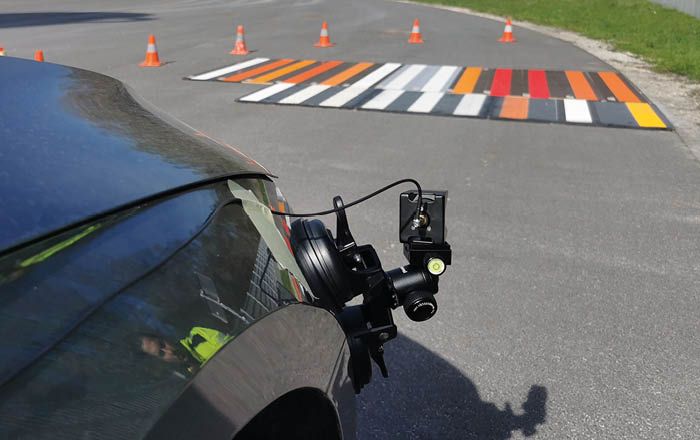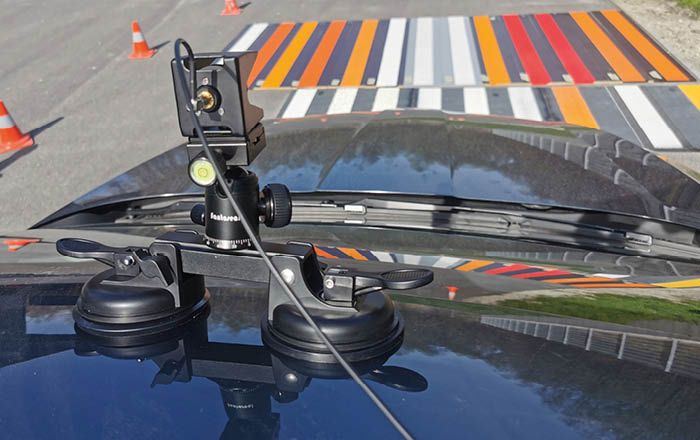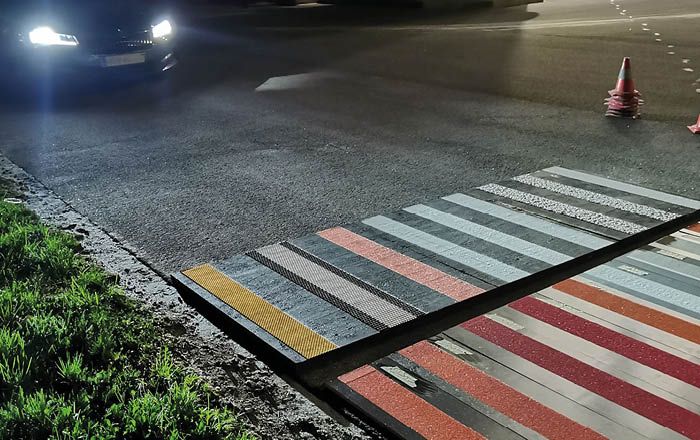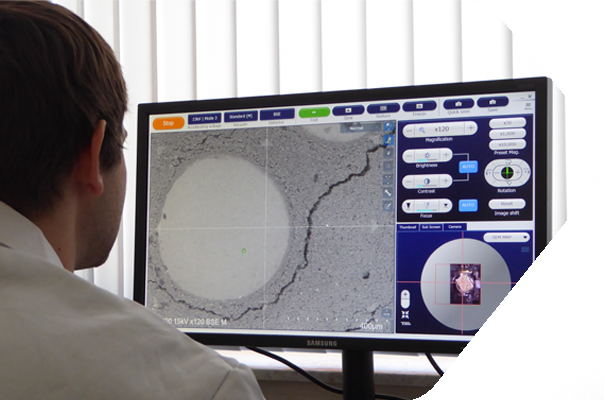Can thermal imaging cameras recognise the lane markings?
The SWARCO Road Marking Systems Center of Competence is investigating how well lane markings can be detected under difficult conditions using thermal imaging technology. The research project with partners from industry and science will run until the end of the year.
Every road user knows such situations: The sun low on the horizon is blinding and the lane markings are barely recognisable. Fog restricts visibility to just a few metres in the middle of the day. Excessive glare from oncoming traffic is dazzling in the darkness of the night. Changing light and shadow conditions (e.g. at tunnel entrances and exits) mean that the eye can see little or nothing for a short time. These difficult lighting conditions are also a test for the sensors of automated and autonomous vehicles - and in many cases the lane markings cannot be recognised in these situations. A danger for road safety!

How well can different road markings be recognised with a thermal imaging camera? A current research project by SWARCO Road Marking Systems aims to provide answers to this question.
Photo: SWARCO Road Marking Systems
Thermal imaging technology as a possible solution
How can the directional information on the road surface - from the guideline to the pedestrian crossing - still be recorded in such situations? This question is currently being addressed by the Center of Competence, the global research network of SWARCO Road Marking Systems. Thermal imaging technology, which utilises thermal radiation invisible to the human eye for imaging, offers a possible solution and could therefore close a significant gap. SWARCO is conducting a research project together with the Israeli thermal imaging technology company ADASKY and experts from various universities.

Friedrich Wiesinger,
Team Leader Product Development at
SWARCO Road Marking Systems
"We are investigating how well a thermal imaging camera can recognise road markings in various difficult weather conditions. Thermal imaging may be a reliable addition to the sensors installed in modern vehicles, such as cameras, lidar and radar."
Numerous trials until the end of the year
Until the end of the year, a wide variety of road marking systems will be analysed using a camera specially developed for road traffic. In addition to the temperature and the prevailing weather conditions, numerous other parameters will be taken into account during the tests, as Friedrich Wiesinger reveals: "For example, we are looking at the role played by the marking material used or the different reflective glass beads. One question could also be: What effect do glass beads of different sizes have on recognisability? To this end, we are investigating whether the colour of the marking, the respective material and the type of application - i.e. whether flat lines or textured marking - have an influence on how well the marking can be recognised."
Accordingly, in addition to white and orange flat line markings, the test field also features high-performance structured markings in different colours. Using a test vehicle fitted with a thermal imaging camera, the research team is investigating the recognisability of the markings at different times of day and temperatures – during dark, cool nighttime as well as on a warm, sunny day. Friedrich Wiesinger is certainly looking forward to the further tests: "Now the hot summer is coming - everything could look completely different in the next series of tests. This also applies to the tests that will follow in the cooler season. In any case, we are excited to see what scientific findings the analyses of the collected data will provide us with afterwards."
On the Testing Grounds
About SWARCO Road Marking Systems
Quality products and services from SWARCO Road Marking Systems guide traffic safely from A to B during the day and especially at night. On all roads. In all weathers. From a single source. More than 5,000 customers in more than 80 countries rely on it.
About ADASKY thermal cameras
ADASKY reinvented thermal cameras to meet the highest automotive safety standards. They operate from -40c to +85c; their LWIR (Long Wave Infra Red) cameras are the only ones in the market that are “shutterless/solid-state” with no need to lose sight of the road for periodical re-calibration.



